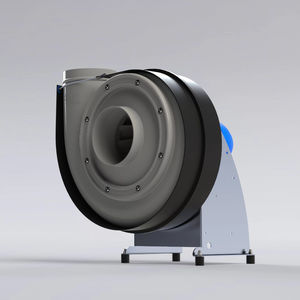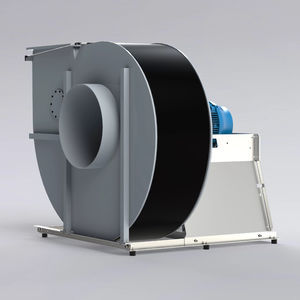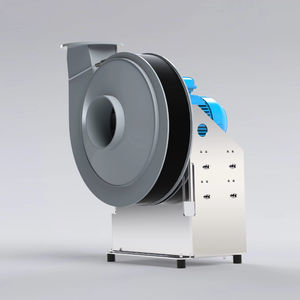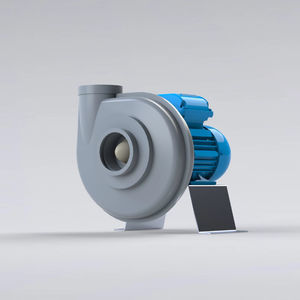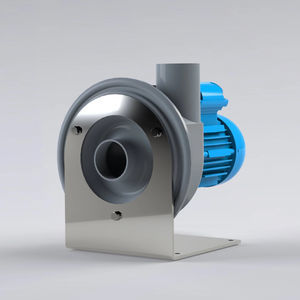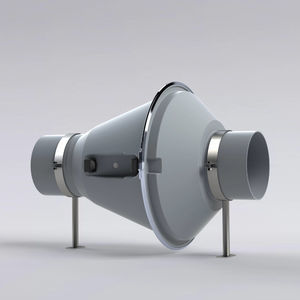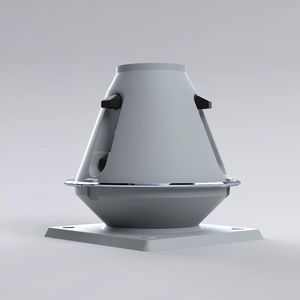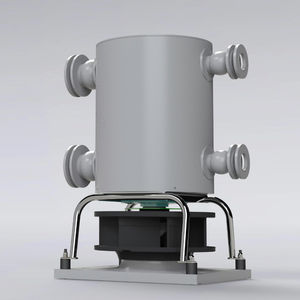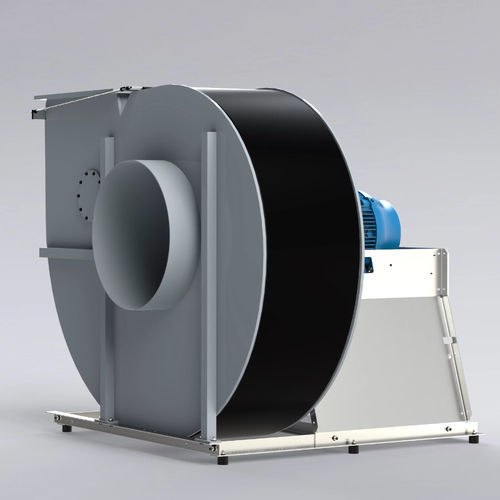
- Environment - Health - Safety
- Air Treatment and Noise Management
- High-pressure fan
- COLASIT AG, Spiez - Switzerland
ATEX fan CHVN 315-1250high-pressureradialsuction

Add to favorites
Compare this product
Characteristics
- Type
- ATEX, high-pressure
- Configuration
- radial
- Function
- suction, ventilation, explosion-proof
- Drive mechanism
- with asynchronous motor
- Material
- plastic
- Applications
- industrial
- Other characteristics
- direct-drive, belt-driven
- Air flow
Min.: 1,500 m³/h
(52,972 ft³/h)Max.: 132,000 m³/h
(4,661,536.007 ft³/h)- Diameter
Min.: 315 mm
(12.402 in)Max.: 1,250 mm
(49.213 in)
Description
The Colasit CHVN radial fan is a high-pressure fan for high volumes of up to 132000 m³/h and high pressures of up to 5300 Pa. This robust plastic fan is available in different materials and drive systems, and offers the highest level of reliability. With its ability to be configured for various applications and many aggressive media, this radial fan is also suitable for hazardous areas in ATEX zones 1 and 2.
Construction
– One stage, suction on one side
– Direct drive or V-belt drive
– CE marking
Characteristics
Static pressure
min. 400 Pa to max. 5300 Pa
Efficiency (tot. mech.)
max. 74%
Housing
– Available in PE, PP, PPs, PPs-el, PVDF, PVC
– Sturdy welded construction
– 6 outlet positions for clockwise or counterclockwise rotation
– Splinter protection for maximum safety
– Inspection port in casing
– Housing can be removed to clean the fan
Impeller
– Available in PP, PPs, PPs-el, PVDF
– Backward-curved impeller blades
– Transmission of force via standard taper lock bushing or positive fit
Drive
– Direct drive: Impeller mounted directly on motor shaft
– V-belt drive: Transmission of force via V-belt drive with tensioning device
– Motor: Asynchronous motor
PM motor (required with FC)
Hub seal
– Standard seal (minimal hub-to-casing gap)
Optional
– Lip seal, single or double (stainless steel or Hastelloy)
– Back-plated impeller (negative pressure in area of hub)
Catalogs
Related Searches
- Radial fan
- Propeller fan
- Ventilation fan
- Extractor fan
- Fan for industrial applications
- Electrically-powered fan
- Pressure separator filter
- Cooling fan
- PP fan
- Exhaust fan
- Gas pre-filter
- Compact fan
- EC motor fan
- Duct fan
- Air duct
- High-pressure fan
- Activated carbon pre-filter
- High-performance fan
- ATEX fan
- Direct-drive fan
*Prices are pre-tax. They exclude delivery charges and customs duties and do not include additional charges for installation or activation options. Prices are indicative only and may vary by country, with changes to the cost of raw materials and exchange rates.



